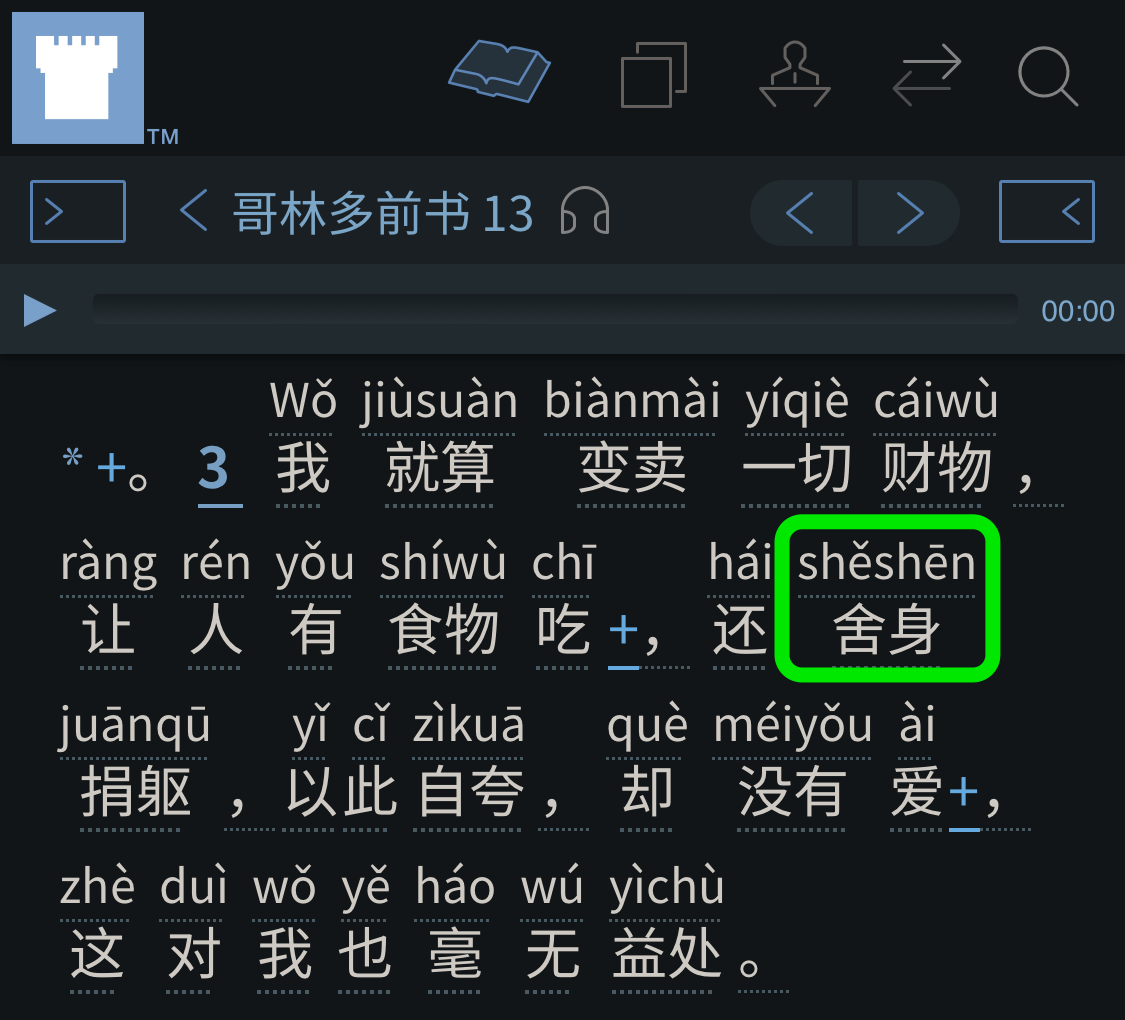zhōngzhǐ (zhōng·zhǐ end; finish · stop; halt 终止 終止) ← Tap/click to show/hide the “flashcard”
[Notes: Tap/click on a Pīnyīn (Pīn·yīn {Piecing Together of} · Sounds → [Pinyin] 拼音) expression to reveal its “flashcard”; tap/click on a “flashcard” or its Pīnyīn (Pīn·yīn {Piecing Together of} · Sounds → [Pinyin] 拼音) expression to hide the “flashcard”. 📖 📄 📘 icons mean 📖 Reveal All, 📄 Reveal Advanced, and 📘 Reveal None re all the “flashcards” in the heading, paragraph, etc. that they are placed at the beginning of.]
American president Joe Biden has expressed that the US will back Ukraine in its war for “as long as it takes”. However, looking at the matter of war as a whole, it is evident that human governments will never be able to fully put to rest this destructive phenomenon—while World War I was called “the war to end all wars”, it didn’t actually accomplish this, and down to today, war continues to ravage humankind.
That is why this week’s MEotW, “zhōngzhǐ (zhōng·zhǐ end; finish · stop; halt 终止 終止)”, is so remarkable. It appears in an article that is currently being featured on jw.org in connection with this year’s Memorial campaign, and that has the following title:
Jesus Will End War
📖 📄 📘 Yēsū (Jesus 耶稣 耶穌) Huì (Will 会 會) Zhōngzhǐ (Zhōng·zhǐ End · Halt 终止 終止) Zhànzhēng (Zhàn·zhēng War · Contending → [War] 战争 戰爭)
Besides being used in the title of the article, “zhōngzhǐ (zhōng·zhǐ end; finish · stop; halt 终止 終止)” is also used in the current Mandarin New World Translation Bible’s rendition of Psalm 46:9 (WOL, Pīnyīn (Pīn·yīn {Piecing Together of} · Sounds → [Pinyin] 拼音) Plus), which the article quotes from:
📖 📄 📘 Tā (he 他) zhōngzhǐ (zhōng·zhǐ {is ending} · {is halting} 终止 終止) zhànzhēng (zhàn·zhēng wars · contendings → [wars] 战争 戰爭), píngdìng (píng·dìng {is making to be flat, level, even → [is making to be peaceful]} · {is making to be settled → [is making to be calm]} 平定) tiānxià (tiān·xià heaven · under → [the whole world] 天下);
Tā (he 他) zhé (breaks 折 折/摺) gōng (bow 弓) duàn (snaps 断 斷) máo ({(long) spear} 矛), shāohuǐ (shāo·huǐ burns · {to be destroyed} 烧毁 燒毀/燬) zhànchē (zhàn·chē war · vehicles 战车 戰車).
“End War? That’s Crazy!” Or, Is It…
The morphemes in “zhōngzhǐ (zhōng·zhǐ end; finish · stop; halt 终止 終止)” mean “end; finish” and “stop; halt”. Is it crazy to think that something as deeply rooted in imperfect human nature as war can actually be ended or halted?

John Lennon & Yoko Ono with one of their “WAR IS OVER!…” signs [source]
Wasfi Akab
Decades ago, John Lennon optimistically said, “war is over…if you want it.” Unfortunately, the intervening years have reminded us that while many do want war to be over, some, including world leaders with military forces at their command, don’t want that—they want to be able to use their military forces to try to get their way, which means war. And yet, someone has the audacity, the insanity, to claim to be able to actually end war. Is that truly insanity, though? Many Apple enthusiasts will remember the following quote, which was part of the “Think different” advertising campaign:
[Note: Unlike the televised commercial, which was narrated by actor Richard Dreyfuss, this video is narrated by Steve Jobs.]
Here’s to the crazy ones. The misfits. The rebels. The troublemakers. The round pegs in the square holes. The ones who see things differently. They’re not fond of rules. And they have no respect for the status quo. You can quote them, disagree with them, glorify or vilify them. About the only thing you can’t do is ignore them. Because they change things. They push the human race forward. And while some may see them as the crazy ones, we see genius. Because the people who are crazy enough to think they can change the world, are the ones who do.
The above was said in an Apple commercial that showed images of well-known humans, including John Lennon, who are widely acknowledged to have changed the world. If even some humans can change the world and accomplish things that people in general would consider “crazy” to even think about, how about the one who Psalm 46:9 says “is bringing an end to wars throughout the earth”, Jehovah God himself?
So “Crazy” That It’s True
Creation and the Bible both testify to the suprahumanly grand and extraordinary things that Jehovah has the power and wisdom to accomplish, and his chosen King Jesus, whose sacrificial death we will remember at the Memorial, is also no ordinary human. (Come to think of it, Jesus fits the above quote’s description of a “crazy one”. Indeed, Mark 3:21 says his relatives thought he had “gone out of his mind”.) As the above-mentioned article on jw.org says:
While on earth, Jesus showed great love for people, even to the point of sacrificing his life for them. (Matthew 20:28; John 15:13) Soon, he will again prove his love for people by using his authority as King of God’s Kingdom to bring “an end to wars throughout the earth.”—Psalm 46:9.
With the power and backing of Jehovah God himself, and with the assistance of “the armies in heaven”, Jesus will indeed end war, regardless of how “crazy” humans of this world may consider that goal to be. (Revelation 19:11–16) Then, people will be able to do more than just “imagine all the people living life in peace”, as John Lennon sang about—they will be able to actually see and live in the reality of a peaceful, global paradise!

